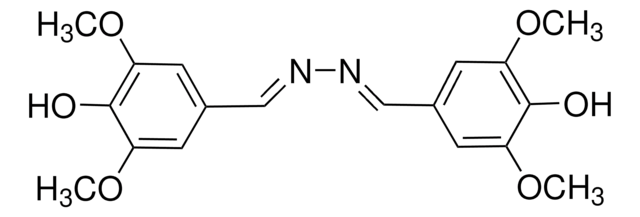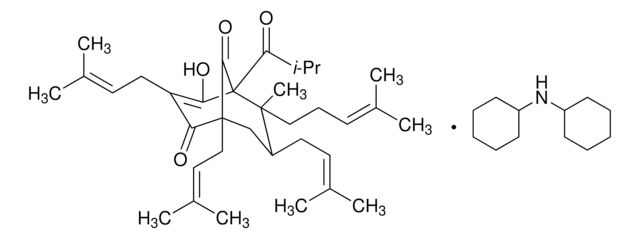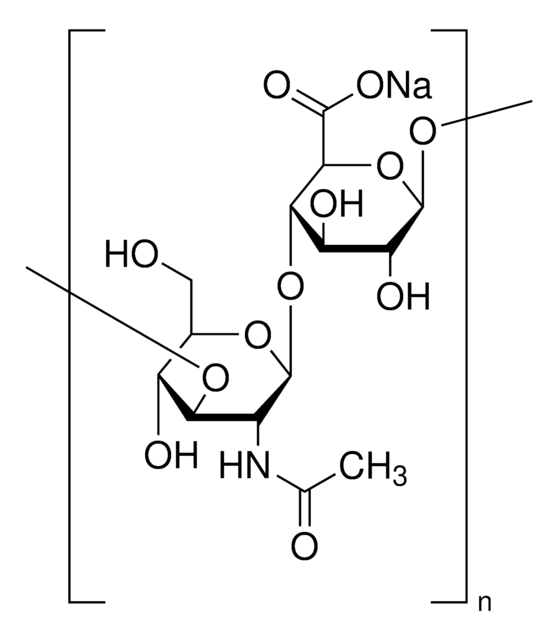L2157
Laccase from Rhus vernicifera
crude acetone powder, ≥50 units/mg solid
Synonym(s):
Benzenediol:oxygen oxidoreductase
About This Item
Recommended Products
form
crude acetone powder
Quality Level
specific activity
≥50 units/mg solid
greener alternative product characteristics
Waste Prevention
Design for Energy Efficiency
Learn more about the Principles of Green Chemistry.
sustainability
Greener Alternative Product
greener alternative category
storage temp.
−20°C
SMILES string
[n]1(c(c(cc1C)C=O)C)CC
InChI
1S/C9H13NO/c1-4-10-7(2)5-9(6-11)8(10)3/h5-6H,4H2,1-3H3
InChI key
NWDZDFOKSUDVJV-UHFFFAOYSA-N
General description
Unit Definition
Signal Word
Danger
Hazard Statements
Precautionary Statements
Hazard Classifications
Resp. Sens. 1
Storage Class Code
11 - Combustible Solids
WGK
WGK 1
Flash Point(F)
Not applicable
Flash Point(C)
Not applicable
Personal Protective Equipment
Choose from one of the most recent versions:
Already Own This Product?
Find documentation for the products that you have recently purchased in the Document Library.
Customers Also Viewed
Protocols
Laccase (EC 1.10.3.2) is a cuproenzyme that oxidizes various types of phenols and similar aromatic compounds aromatic amines with the reduction of molecular oxygen to water, therefore, is used as a biocatalyst.
Our team of scientists has experience in all areas of research including Life Science, Material Science, Chemical Synthesis, Chromatography, Analytical and many others.
Contact Technical Service










